The airway passages, called bronchi, are often prone to viral and bacterial infections. After a common cold or flu, the pathogen often settles in the bronchi and causes an acute infection called bronchitis. There are symptoms such as severe cough, mild fever, and chest tightness and there is pain accompanied by fatigue and exhaustion. Over 90 percent of acute bronchitis is caused by viral infections that do not respond to antibiotics, the standard bronchitis treatment. Chronic bronchitis, on the other hand, is most often found in smokers, people suffering from asthma, and individuals whose immunity is compromised. Take a look at some of the pronounced symptoms listed here.
Symptoms of Bronchitis – Different Types of Infectious Bronchitis
The signs and symptoms of both acute and chronic bronchitis are as follows:
- Persistent cough, sometimes accompanied by mucus
- Wheezing
- Sore throat
- Chest tightening
- Low fever and chills
- Body aches and pains
- Headaches
- Breathlessness
- Blocked nose and sinuses
One of the chief symptoms of acute bronchitis is a persistent cough that lasts for several weeks. It can even last for several months if the bronchial tubes take time to recover fully.
Symptomatically, chronic bronchitis can get worse at least two or more times every year, and they become worse in the winter months. The right diagnosis is important as a persistent cough is often confused with symptoms of other conditions, such as asthma or pneumonia.
Bronchitis may be acute or chronic, find out the difference between the two:
Acute Bronchitis
Acute bronchitis is a short version of the illness followed by a cold or viral infection, such as the flu. This condition generates cough with mucus, chest discomfort or soreness, fever, and, sometimes, shortness of breath. Acute bronchitis usually lasts a few days and stretches up to weeks.
Chronic Bronchitis
Chronic bronchitis is a serious illness and is characterized by a persistent, mucus-producing cough that may last longer than 3 months out of the year and even stretch out to 2 years. People with chronic bronchitis suffer from different variations of breathing difficulties, and symptoms usually get better and worse during different parts of the year.
If chronic bronchitis occurs with emphysema, it leads to a condition known as chronic obstructive pulmonary disease (COPD).
How to Cure Bronchitis?
According to Chinese medicine, respiratory infections cause heat in the lungs and cause lung congestion because of exterior pathogens. The lung-large intestine network deficiency suppresses immunity, especially in chronic cases. There are several techniques to treat this condition such as cupping, and acupuncture to help relax. Cupping is a technique that uses suction cups on the upper back, and acupuncture helps relax the bronchial constriction and provides relief to the cough-like condition. There is also fast-acting herbal therapy which helps remove the pathogen, clear the lungs to minimize the cough and relieve bronchitis. When treating chronic bronchitis, it is absolutely essential to support the healthy functioning of the lung, stomach, and kidney networks, and support these type of treatments with the right dietary and lifestyle advice. Giving up smoking is the first stepping stone to recovery from acute bronchitis.
Chronic bronchitis is a serious condition and it requires a collaborative effort. In these cases, it is important the patient works with pulmonary specialists to think of and implement a comprehensive treatment plan integrating Western and Eastern medicine.
Effective Pressure Points for Treating Bronchitis – Natural Remedies of Bronchitis
1. LU-5 Acupressure Point:
Bend your right arm at the elbow; the point is located in the elbow crease, right on the outer side of the large tendon in the middle of the crease. Apply moderate pressure with your left thumb till you feel soreness. Hold the pressure for 2 minutes. Repeat the same thing on the left arm.
2. The LU7 Acupressure Point:
It is located 1.5 cun proximal to the crease of the wrist. Press the point for at least 1 minute and then take a 4-hour break as you press the same point.
3. The SP6 Acupressure point:
It is located 3 cun upwards from the tip of the ankle joint bone and is located behind the vertical leg bone. Press the point for at least 1 point and keep breathing on naturally to aid the treatment.
4. The CV17 Acupressure point:
It is located right on the chest-bone, midway between the two nipples. Keep pressing the point as you breathe naturally all through the treatment.
5. The CV22 Acupressure point:
The acupressure point CV22 is located at the base of the throat, in a shallow indentation just above the vertical chest-bone. Press the point for at least 1 minute and breathe naturally throughout the treatment to get the best out of the treatment.
All of the above points are traditionally used to help soothe breathing, redirect lung energy downward, and stop symptoms such as coughing.
Be sure to get proper medical care. Acupressure for bronchitis is a great treatment to enhance your health and relieve common ailments, but it is not a substitute for getting appropriate medical attention and treatment. Please consult a doctor, and get a second medical opinion, if you are constantly suffering from severe health problems. It is important to seek your doctor’s guidance and chart the next course of treatment.

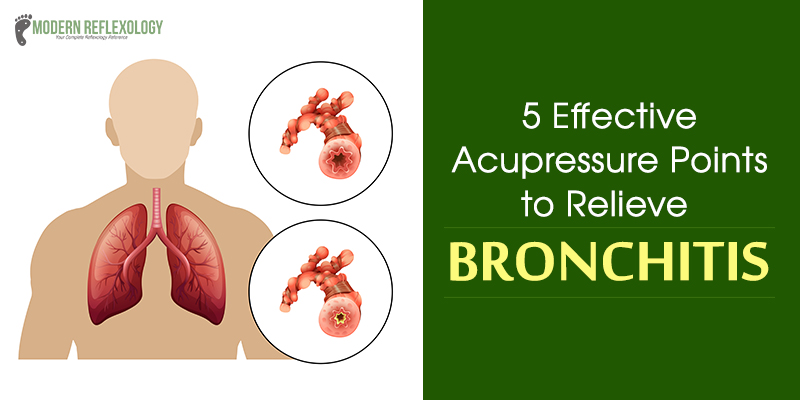
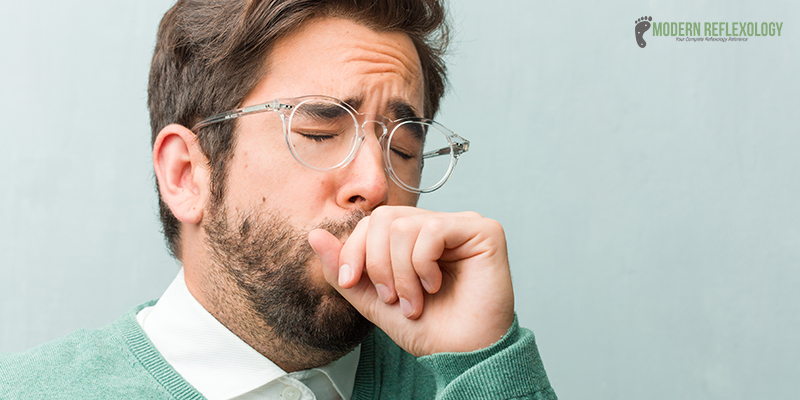
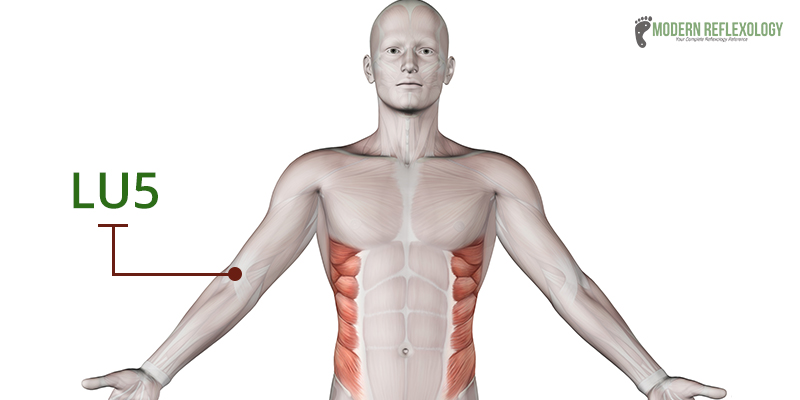
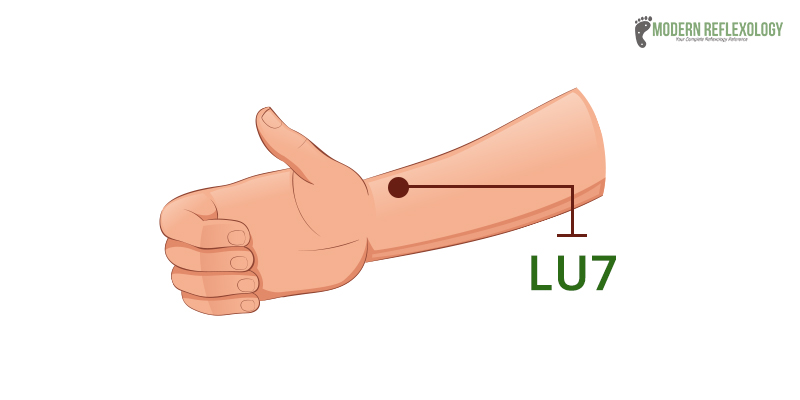
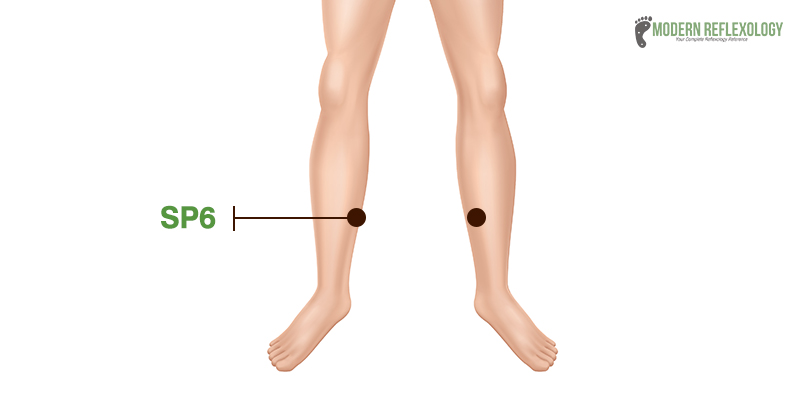
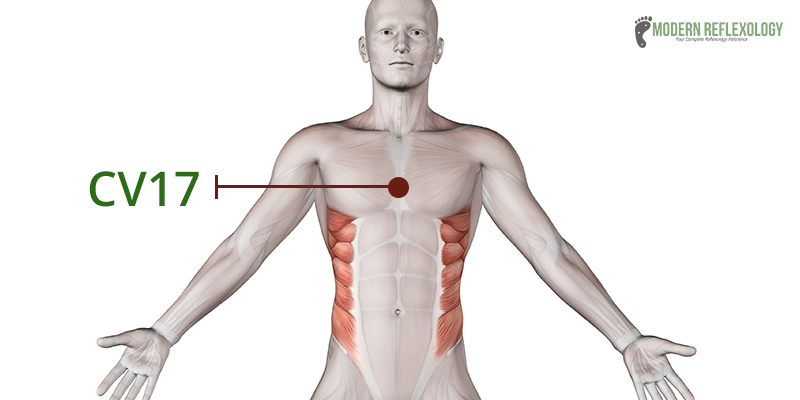
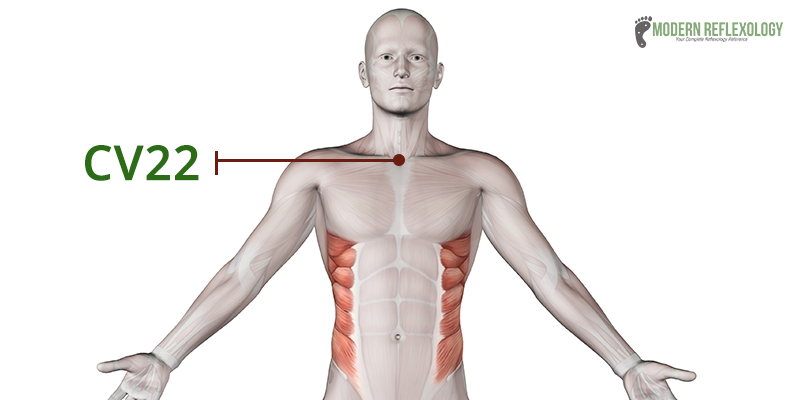
Comments are closed